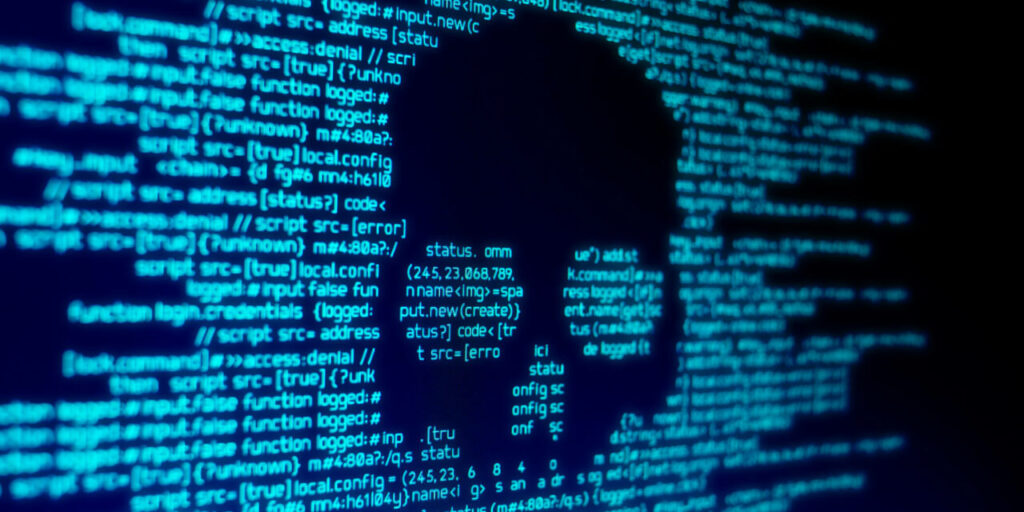RCE Bug in Ghostscript Library: A Looming Threat, here is a quick look
In the ever-evolving landscape of cybersecurity, vulnerabilities often emerge from the most unexpected corners. Recently, a remote code execution (RCE) bug in the widely used Ghostscript document conversion toolkit has sent shockwaves through the infosec community. Ghostscript, an essential component for handling Postscript and Adobe PDF files, is ubiquitous across various operating systems, including Linux, Windows, and MacOS. Its versatility makes it a default installation in many distributions, and it indirectly supports critical functionalities such as document conversion and image rendering. In this article, we delve into the details of this vulnerability, its potential impact, and the urgent need for mitigation.

The Vulnerability: CVE-2024-29510
Tracked as CVE-2024-29510, this format string bug was initially reported to the Ghostscript team in March. Although mitigated in April’s version 10.03.1, it has recently resurfaced due to a blog post by Thomas Rinsma, a lead security analyst at Dutch security shop Codean Labs. Rinsma discovered a way to achieve remote code execution (RCE) on machines running Ghostscript by bypassing the -dSAFER sandbox. This vulnerability poses a significant threat to web applications and services that rely on document conversion and preview functionalities, as Ghostscript is often used under the hood.
The Ubiquity of Ghostscript
Ghostscript’s widespread adoption makes it a silent workhorse in the digital realm. It powers preview images in cloud storage, chat programs, and various other applications. Additionally, it plays a crucial role in PDF conversion, printing, and optical character recognition (OCR) workflows. Its integral nature often leads to it being taken for granted, and its existence is rarely questioned. As Ghostscript gained popularity, the development team introduced increasingly robust sandboxing capabilities, with the -dSAFER sandbox enabled by default. This sandbox typically prevents potentially dangerous operations, such as arbitrary command execution.
The Exploit
The technical details of the exploit are available in Rinsma’s blog, complete with a proof of concept (PoC) exploit for Linux (x86-64). In essence, the vulnerability allows attackers to read and write files arbitrarily and achieve RCE on affected systems. However, the PoC won’t work out of the box for everyone, as it assumes specific stack and structure offsets that may vary across target systems. The exploit leverages an EPS file, making any image conversion service or workflow compatible with EPS susceptible to RCE.
The Urgency of Mitigation
With the vulnerability already exploited in the wild, organizations must act swiftly. Patching Ghostscript installations to the latest version is critical. Additionally, security teams should review their reliance on Ghostscript and assess the risk posed by its usage. As the threat landscape evolves, vigilance and proactive measures are essential to prevent this RCE bug from becoming the next big breach enabler.
Conclusion
The Ghostscript vulnerability serves as a stark reminder that even seemingly innocuous components can harbor critical flaws. As security professionals, we must remain vigilant, continuously assess our software dependencies, and prioritize timely patching. The RCE bug in Ghostscript is not just a technical concern; it’s a call to action for the entire cybersecurity community. Let us address it promptly and ensure that our digital infrastructure remains resilient against emerging threats.
You think you have a story worth everyone’s time? SUBMIT A STORY and we will publish it.
Share this content:




Post Comment